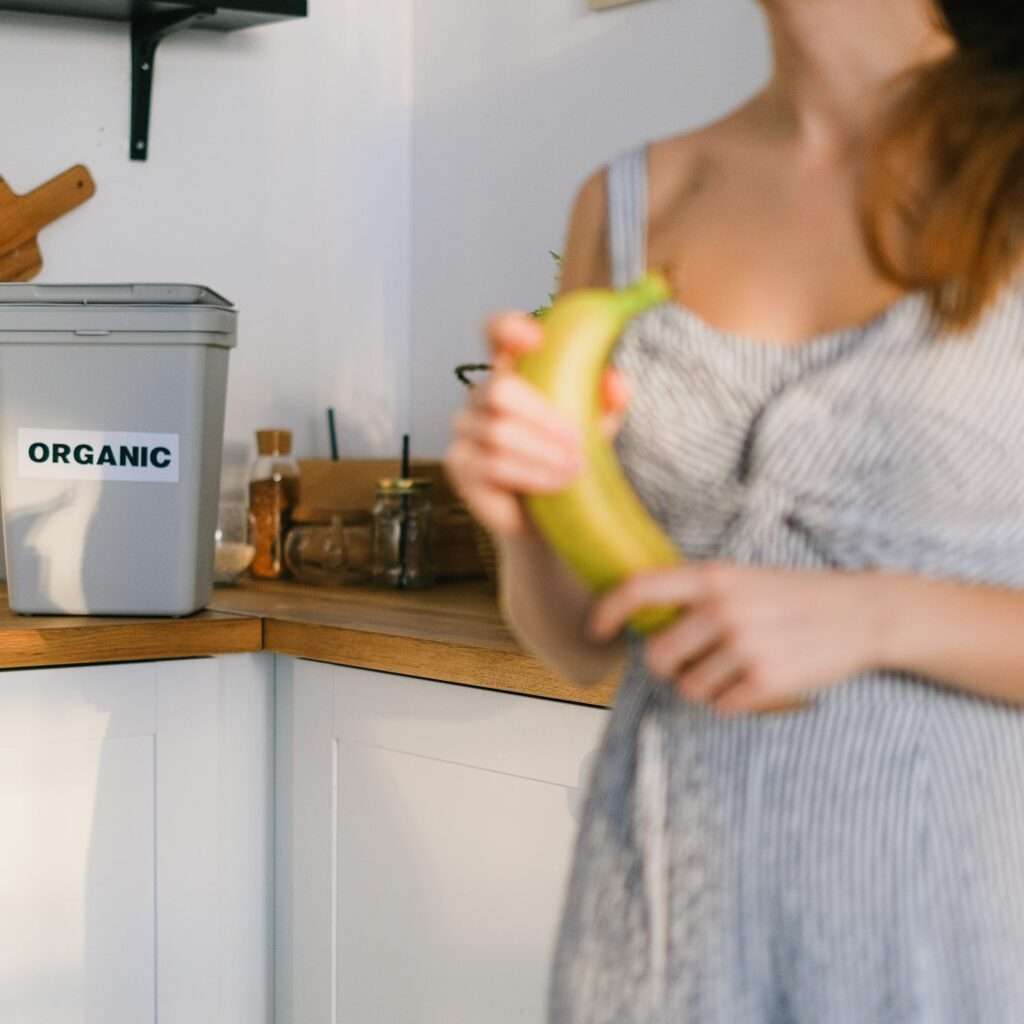Share surplus food and shop imperfect produce with these apps, which will help you reduce food waste at the tap of a button.
From uneaten leftovers and expired pantry products to spoiled produce and moldy bread — the world generates a lot of food waste.
In the U.S. alone, about 40 percent of all food is wasted, according to the Chicago-based non-profit Feeding America. Although the vast majority of food waste stems from American homes, grocery stores, restaurants, manufacturers, and farms are also to blame.
The sheer amount of food scraps piling up in landfills — which subsequently rot and produce methane — has led many countries to pass measures in order to crack down on food waste. In 2016, France passed a law banning grocery stores from throwing away unsold food products. In lieu of going to landfills, nonprofits are able to distribute the items to those in need instead. Italy, Singapore, and China, which banned competitive eating and the sharing of binge-eating videos, have all passed similar legislation.

Last year, California joined a handful of states, including Connecticut and Vermont, in prohibiting the disposal of organic waste in landfills. The law, which took effect at the start of 2022, requires residents and businesses to recycle or compost scraps and yard waste accordingly.
Save scraps from going to waste
From grinding up banana peels for plant fertilizer to planning out your weekly meals, there are a number of ways that people can reduce the amount of waste they generate at home.
Take zero-waste to the next level by easily composting scraps at home with the Lomi Composter, which can break down organic matter into nutrient-rich compost in as little as 24 hours. Or, snag this compost bin, which conveniently sits atop your kitchen counter.
Understanding date labels that are commonly found on perishable products is also a great way to reduce food waste. After all, the vast majority of these labels don’t actually indicate whether or not an item is expired. The U.S. Food and Drug Administration doesn’t require manufacturers to include such dates on food products. Brands use terms like “best if used by,” “sell by,” and “use by” as a form of best practice. Meaning, they help to ensure that foods are purchased and consumed when they are of best flavor or quality.

Most shelf-stable and packaged foods are safe to eat after the date listed on the label, according to the U.S. Department of Agriculture. (Note: “use by” dates found on infant formulas are the exception.) However, keep in mind that products can go bad long before the date listed on the label due to factors like bacteria or the temperature of the refrigerator. When in doubt, check for signs of spoilage, such as changes in color and texture or unpleasant smells.
5 food waste apps to download today
Looking for more ways to reduce food waste at home? Download these apps today.
1. Too Good to Go
Restaurants and other stores throw out a lot of unsold food. Wouldn’t it be great if you could buy these products from your favorite dining spots at a discount? Well, you’re in luck. The Too Good to Go app enables users to purchase surplus food items from local establishments at a third of the original cost.
2. Daniella’s Digest
One of the best ways to ensure your groceries never go to waste is to be more mindful when buying and making them. This membership app from actor Daniella Monet will give you personalized support and smart tools to better help you plan and cook meals for your family. Get unlimited access to coaches, member-only live events, delicious plant-based recipes, cooking tips, grocery lists, deals on products, and more for only $39 quarterly.
3. Olio
This sharing app allows you to connect with neighbors and local businesses to exchange surplus food products (and other household items) before they go bad. To date, the app has helped to share nearly 58 million portions of food.
4. Imperfect Foods
Get sustainably sourced produce and other grocery items that would normally go to waste delivered straight to your door. (In 100 percent recycled boxes, of course.) The subscription service is free, you just have to pay for groceries and the delivery fee. Easy, convenient, and affordable. Need we say more?
5. Kitch
If you often find yourself buying food at the grocery store that you already have at home, then this app is for you. Easily keep track of your food and get access to recipes with one simple download. And the best part? This app is completely free.
Related on Ethos:


